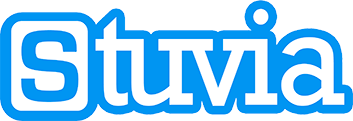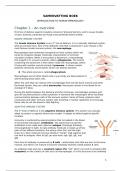Samenvatting
Samenvatting How the Immune System Works - Introduction to Human Immunology (CBI20803)
- Instelling
- Wageningen University (WUR)
Samenvatting van alle relevante hoofdstukken voor het tentamen van het vak Introduction to Human Immunology.
[Meer zien]





